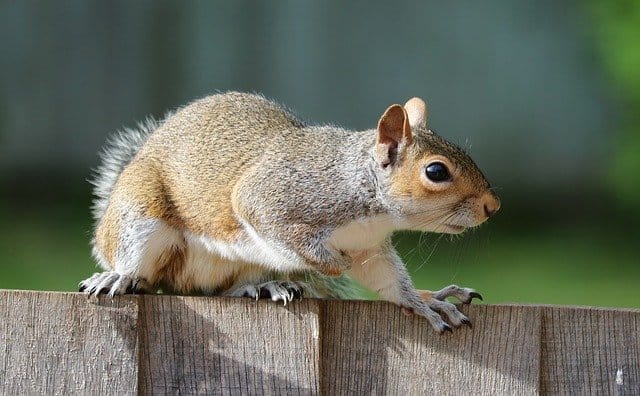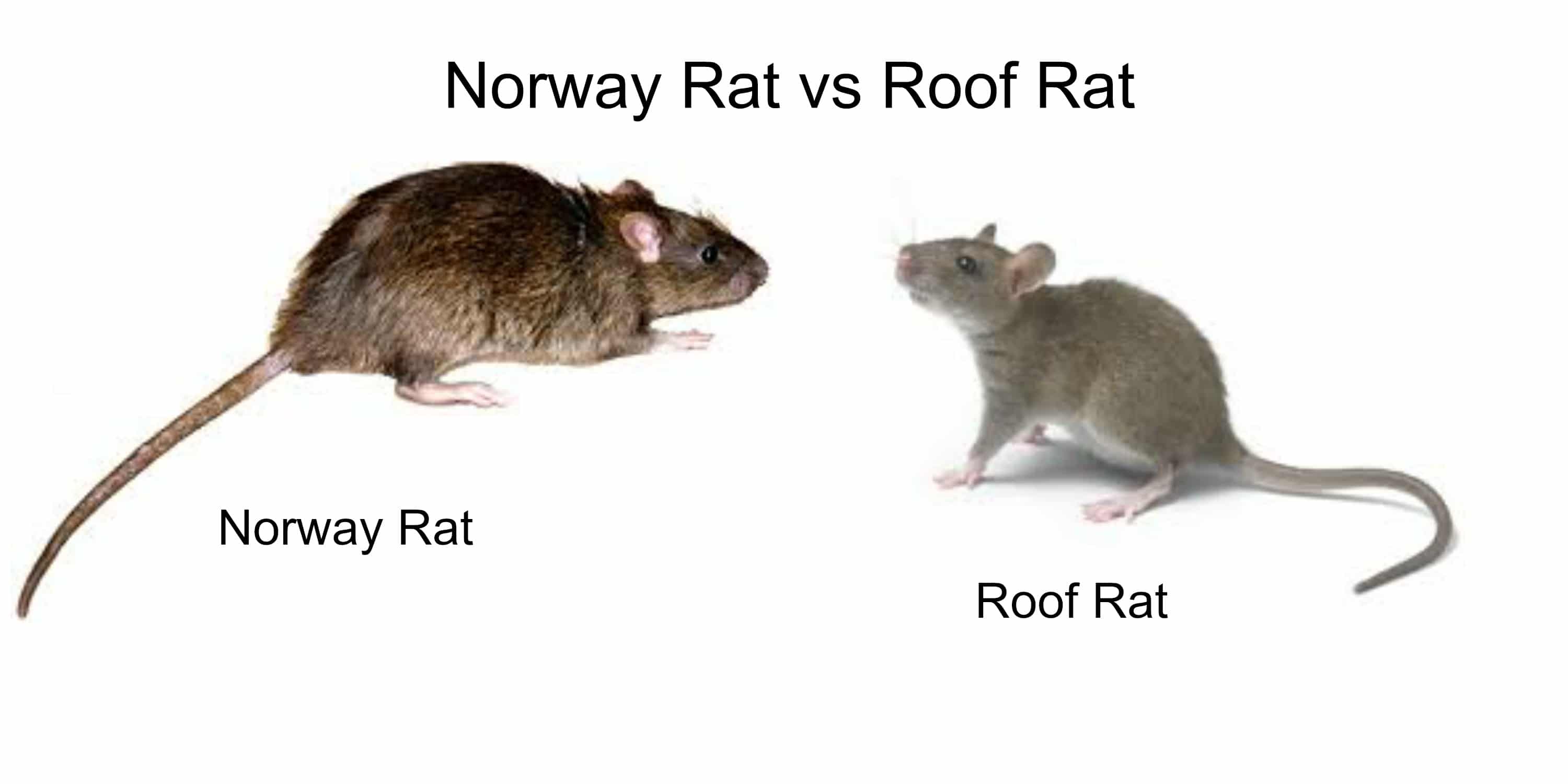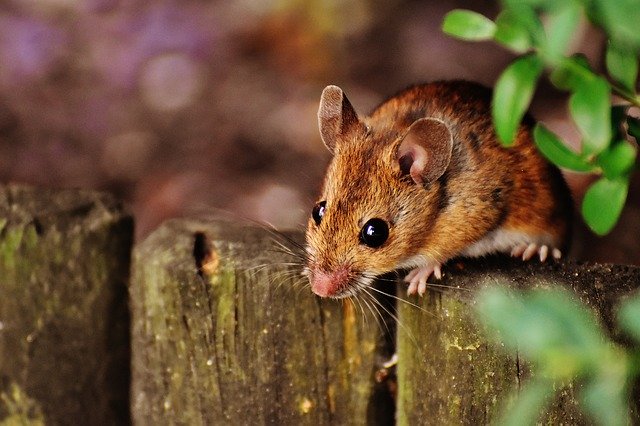Table of Contents
The most common species of rats in the United States are the Norway Rat and the Black Rat. However, there is another type of rat, the Woodrat, that lives in certain parts of the country and can be a problematic pest to humans.
Let’s take a closer look at these animals and understand what they are, where they are found and what makes them unique.
What Are Woodrats?
In biology, animals are classified according to what relates them with each other. For example, vertebrate animals have a vertebral column, mammals produce milk to feed their young, and so on.
This kind of classification uses a term known as a ‘Superfamily’ to refer to large groups of related animals. In the case of the Woodrat, the animal is of the same superfamily as the Norway Rat (Sewer Rat) and the Black Rat (Palm Rat). This superfamily is known as ‘Muroidea’.
Just below the superfamily level of biological classification is the family level, which is where Woodrats depart from their Norway Rat and Black Rat cousins. Black Rats and Norway Rats are similar enough that they belong to the same Family (Muridae) and Genus (Rattus).
The Muridae Family is also called “Old World Mice and Rats”. Woodrats, on the other hand, belong to a completely different Family. This one is known as Cricetidae, also termed “New World Mice and Rats”. Interestingly, the New World family of rodents contains rat species that vary widely in their size, preferred diet, and geographical location.
Also called the “Pack Rat”, Woodrat populations are densest in the desert areas of the southwest United States and in parts of northern Mexico.
General Biology and Behavior
Woodrats are fantastic climbers. They’re also much more active at night, and they prefer to build their grounded nests out of small sticks and plant stems. In some cases, Woodrats make their homes within rocky outcroppings.
Did you know that some Woodrats are real estate moguls? It’s true, and in fact quite common for a single Woodrat to have multiple established homes. They’ll even go to the length of finely shredding plant material to build just the right home(s) to suit them!
What Does a Wood Rat Look Like and their Diet
Woodrats are known for their typical ‘rat-like’ appearance, complete with long tail, big ears, and unmistakably large, black eyes. Their feet and bellies are typically light-colored. The adult male Woodrat is likely to weigh around 400 grams, or 14 ounces, making it slightly larger than many other rodents in the same family.
Just like many other rat species, the Woodrat has an insatiable diet for whatever it can find that has some nutritional value. There is one exception with their diet, though, that makes Woodrats different from Norway Rats and Black Rats. What makes Woodrats unique in this way is that they feed primarily on plant-based foods, like twigs, seeds, and acorns. This is a far cry from the Norway Rat, which is known for being an active hunter.
Nesting and Family Life
Most Woodrat nests that have young rats in them also have at least one female adult ‘matriarch’. The nests themselves are often constructed of dried plant material that can be found in a close vicinity.
It’s not uncommon for Woodrats to nest inside buildings, and they’re even known to consume stored human food supplies if access is granted. A common feeding practice is to establish a nest inside a small building (a tool shed or utility closet, for example) and then forage for food outside during the night hours.
Many don’t know they have a Woodrat infestation until small trails start showing up along the exterior of a building. These are the ‘Woodrat highways’ that are used for nocturnal food gathering.
Impact on Humans
If there’s one thing about Woodrats that cannot be denied, it’s that they love to collect things. In this way, you could think of Woodrats as similar to ferrets. They have an affinity for anything shiny, in specific. This makes them drawn to places like abandoned buildings, attics, car engines, or anywhere else reflective material abounds.
Once a Woodrat amasses a large enough surplus of material, it starts being used as community property for other Woodrats. This accumulation of ‘stuff’ is called a midden, and some middens can grow to be quite large.
Ancient middens from thousands of years ago can be used by biologists to get a better picture of what the environment was like back then. Also, woodrat middens can even tell us what kind of climate the Woodrat was living in at the time. Some of these midden studies have revealed facts about life as a Woodrat almost 55,000 years ago!
As far as a public safety risk, Woodrats are not especially dangerous. There is, however, a species of parasitic bug known as the ‘Kissing Bug’ that is preferential to consuming Woodrat blood. It is possible for this bug to carry the Chagas disease, spreading it to humans if the conditions are right.
Types of Woodrats
There are 22 species of Woodrats with the most common being the bushy-tailed Woodrat, also called Neotoma cinerea. Let’s examine the general characteristics and behavioral traits of some of the other Woodrat species.
Bushy Tailed Woodrat
If you ever come across a Woodrat in the wild, it’s likely to be of the bushy-tailed variety. This kind of Woodrat is especially known for its propensity to ‘trade’ items it carries for other, more ‘interesting’ ones. For example, a bushy-tailed Woodrat might be carrying a piece of cactus back to it’s nest, when all of a sudden it spots a piece of glass and opts to ‘trade’ the cactus piece for it.
While other Woodrats do exhibit this behavior, bushy-tailed Woodrats do it constantly.
Dusky Footed Woodrat
The dusky-footed Woodrat is similar in size and appearance as the bushy-tailed Woodrat, but what sets this species apart is its preference for larger, more dome-shaped nests. They also branch out into eating insects and worms, if given the opportunity to do so.
Interestingly, in lower-populated areas where dusky-footed Woodrats live, monogamy among paired rats is the norm.
Eastern Woodrat
Also called the Florida Woodrat or the Bush Rat, the Eastern Woodrat is found almost exclusively along the eastern coast of the United States. This short, stocky Woodrat is covered in soft, greyish-brown fur and it prefers to inhabit wooded hedges, ponds, and grasslands.
This species of Woodrat is especially known for its skill in storing food after long bouts of foraging, often done at night.
Allegheny Woodrat
The Allegheny Woodrat was once thought to be a subspecies of the Eastern Woodrat. But, after its DNA was indexed alongside other rats in the Eastern Woodrat species, it was discovered that the Allegheny Woodrat is indeed a species of its own.
This rat prefers the inland areas of the northeastern United States. What sets the Allegheny Woodrat apart from other Woodrat species is its trademark characteristic of not being necessarily prolific during breeding. Most Allegheny Woodrats produce far fewer rat offspring when compared to other rat species.
Desert Woodrat
Desert Woodrats are generally smaller than the other Woodrat species listed here. The largest among them isn’t likely to breach 350 grams, or around 12 ounces.
You’ll know you’ve come across a Desert Woodrat if the underbelly and feet undersides are starkly white. This is a distinguishing characteristic of this rat species. Desert Woodrats are known for being religiously solitary, and, unlike most other rat species, they very rarely form large communities.
California Woodrat
The California Woodrat is just another name for a bushy-tailed Woodrat or a big-eared Woodrat that lives in California.
The Neotoma macrotis species (big-eared) and the Neotoma fuscipes species (dusky-footed) are both commonly found in California, which is how this became their namesake. Big-eared Woodrats in specific are known for their impeccable housekeeping—these rats spend vast swaths of time rearranging things in their nests, and they’re never satisfied with the status quo!
Summary
All in all, Woodrats represent a relatively small percentage of the overall rat population in the United States. Even still, they can and do still cause quite a few headaches for us humans. However, dealing with them is less challenging than confronting a colossal nest of constantly breeding and frustratingly destructive Black Rats.
As with other pests, knowing the rat species and how it behaves is key to controlling it.





